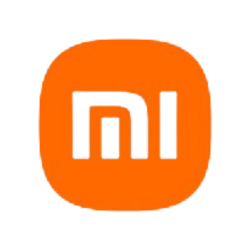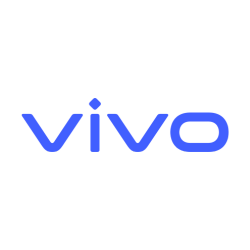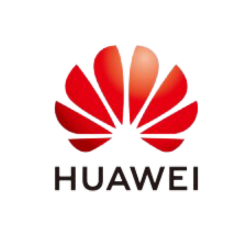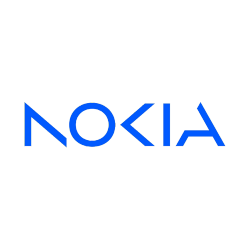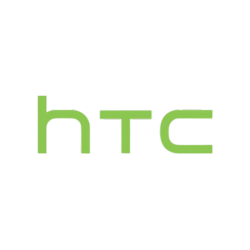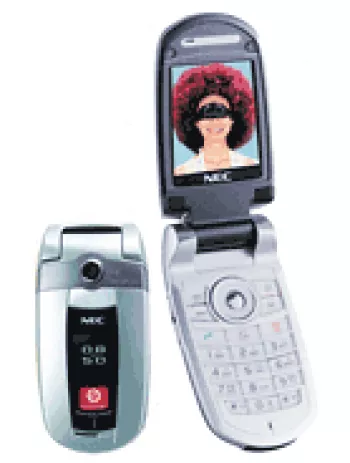
Network
The NEC N900 was a feature phone that supported the GSM technology. It operated on dual-band 2G networks, specifically GSM 900 and GSM 1800. It offered basic connectivity for voice communications and simple data exchanges typical of the early 2000s mobile phones.
Launch
Announced in the first quarter of 2004, the NEC N900 entered a rapidly growing market of mobile phones. Despite its eventual discontinuation, the device played a part in bringing affordable, simple mobile technology to users around the world.
Body
With dimensions of 85 x 54 x 8.6 mm, the NEC N900 was compact and easy to handle. Weighing just 70 grams, it was lightweight, enhancing its portability. The phone utilized a Mini-SIM, which was the standard SIM card size at the time.
Display
The device featured a 1.8-inch TFT screen capable of displaying 65K colors. This modest display, with a resolution of 120 x 160 pixels, was typical for feature phones of the era. The screen-to-body ratio of approximately 21.9% meant that, unlike modern smartphones, a larger portion of the device's front was dedicated to buttons and other hardware controls.
Memory
The NEC N900 was equipped with a modest 2MB of internal storage. It lacked a card slot for expandable memory, which limited the amount of data, such as contacts and messages, that users could store on the device. The phone supported a basic phonebook and call record functionalities, allowing users to store and retrieve up to 20 dialed, 20 received, and 20 missed calls.
Main Camera
For photography, the NEC N900 offered a VGA main camera with an LED flash. While basic by today's standards, this camera was sufficient for capturing simple snapshots at a time when mobile photography was not ubiquitous. The device did not support video recording.
Sound
The phone did not include a loudspeaker or a 3.5mm audio jack, which limited its multimedia capabilities. Alert types included vibration and downloadable polyphonic ringtones, which were popular at the time for personalizing the user experience.
Comms
The NEC N900 did not support modern communication protocols such as WLAN, Bluetooth, GPS, or radio functionalities, reflecting its status as a feature phone rather than a smartphone. USB connectivity was also absent, which meant that data transfer was primarily limited to the phone's cellular capabilities.
Features
While it lacked many modern sensors, the NEC N900 supported basic messaging functionalities including SMS and MMS. Users could browse the internet with a WAP 1.2.1 browser, a common feature in early mobile phones, although the browsing experience was rudimentary. The phone also supported simple games for entertainment purposes. It did not include Java support, limiting the extent to which additional applications could be installed.
Battery
The NEC N900 was powered by a removable Li-Ion battery with a capacity of 750mAh. It offered up to 70 hours of stand-by time and up to 2 hours of talk time, reflecting the efficiency of feature phones which typically consumed less power compared to modern smartphones.
Overall Impression
The NEC N900 remains a reflection of early 2000s mobile technology. While limited by modern standards, its simplicity and basic functionality appealed to a segment of users seeking an uncomplicated device for communication needs. As mobile phone technology rapidly advanced, devices like the NEC N900 showcased the transitional phase from basic communication devices towards more advanced smartphones.
Key Features of NEC N900
- Ultra-slim design with dimensions of 85 x 54 x 8.6 mm.
- Lightweight at only 70 g, making it easy to carry.
- TFT display with 65K colors for a vibrant viewing experience.
- Supports GSM 900/1800 bands for reliable connectivity.
- Equipped with a VGA camera and LED flash for basic photography needs.
- Removable Li-Ion battery offering up to 70 hours of standby time.
- Built-in phonebook and call record features with memory for 20 dialed, 20 received, and 20 missed calls.
- Messaging capabilities include both SMS and MMS.
- Comes with a WAP 1.2.1 browser for basic internet access.
- Includes support for downloadable polyphonic ringtones for customization.
Drawbacks of NEC N900
- Supports only GSM 900/1800 bands; lacks 3G/4G technology
- No EDGE support for faster internet connectivity
- Display size is relatively small (1.8 inches) with low resolution (120 x 160 pixels)
- Limited internal storage of only 2MB and no card slot for expansion
- VGA camera with no video recording capability
- No selfie camera available
- Lacks a loudspeaker and a 3.5mm headphone jack
- No wireless connectivity options such as WLAN or Bluetooth
- Does not have GPS or radio functionality
- Battery life is quite limited with only up to 2 hours of talk time
- No Java support for additional apps and functionality
- Discontinued status makes it difficult to find support and spare parts

View Also
More Phones
All Rights Reserved +14266 Phones © Mobilawy 2025



